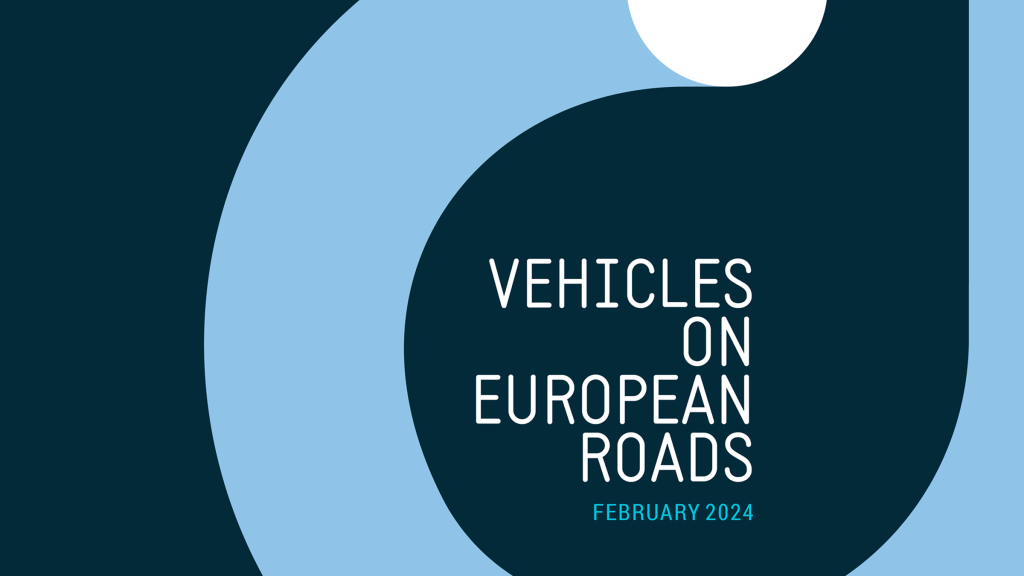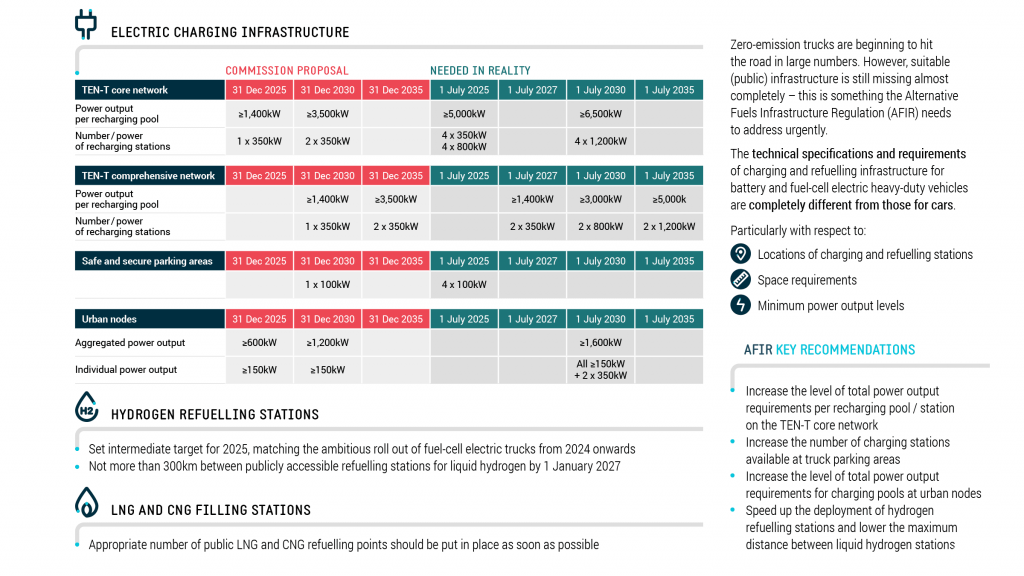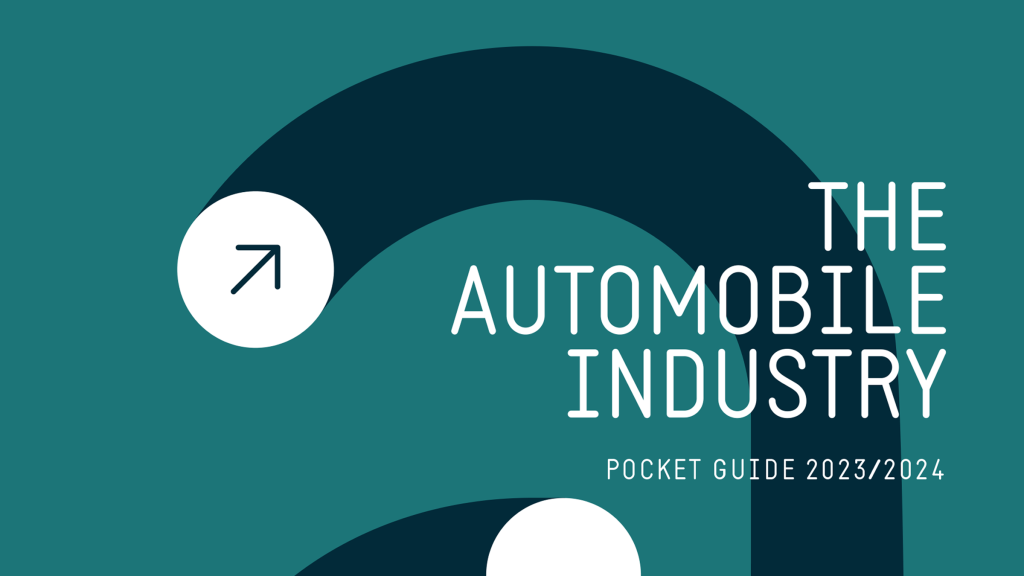Impact of Euro 7 on NOx emissions by vehicle type
By 2030, the most stringent Euro 7 / Euro VII scenario is expected to deliver only an additional 4% NOx reduction for cars and 2% for vans and heavy trucks, while the impact will be zero for buses.
Comparing the two scenarios it appears clear that Euro 7 has practically no impact on road transport NOx emissions.
A massive investment in Euro 7 would have only marginal additional environmental benefit, yet would require manufacturers to divert substantial engineering and financial resources away from electrification and zero-emission vehicles back to internal combustion engine. Ultimately, this carries a major risk of slowing down the transition to climate neutrality.
A massive investment in Euro 7 would have only marginal additional environmental benefit, yet would require manufacturers to divert substantial engineering and financial resources away from electrification and zero-emission vehicles back to internal combustion engine.
Modelling assumptions
According to the modelling scenario, Euro 7 is considered to be zero-exhaust emissions from 2025 (cars and vans) and zero-exhaust emission from 2027 (heavy-duty vehicles). ACEA’s best current estimate of the ramp-up of zero emission vehicles (from latest OEM announcements and assumptions regarding possible future CO2 targets) has been integrated into the modelling because the Sibyl 2020 fleet & emission database lacked such information.



